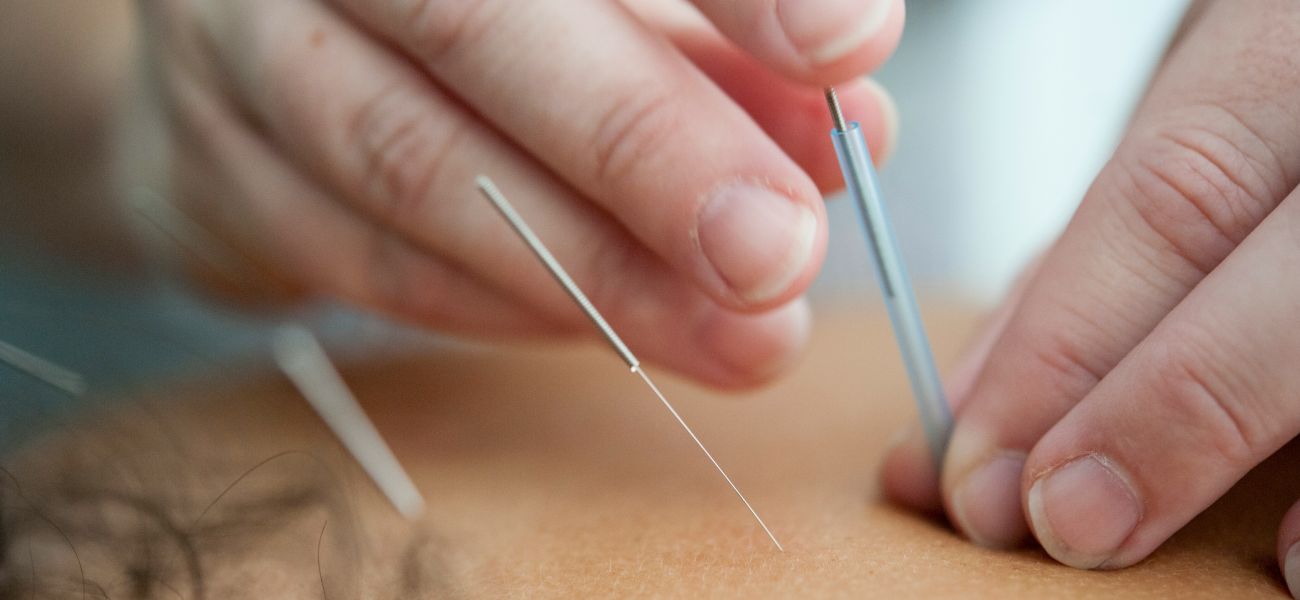Dry Needling for Lower Back Pain Relief and Improved Mobility

Dry Needling is an amazing technique that can help many individuals. Dry needling is similar to acupuncture, only the approach and concepts are focused on anatomy and Western Medicine, not Eastern Medicine or energy. Dry needling involves the insertion of fine monofilament needles into muscles, around joints, and near tendons, nerves, and connective tissue. No injectate or fluids are inserted or removed. Typically the needles are left in place with TENS electricity connected to enhance the pain-relieving and healing effects. The addition of electricity to the dry needling treatment is vitally important to enhance the needling effects.
For years we’ve known dry needling can help lower back pain. Recent research has shown that electric dry needling can greatly help patients with chronic lower back pain. This is great news as we have helped many clients lower their doses of oxycodone, ibuprofen, and other pain medications with electro-dry needling. Dry needling has also helped our clients with chronic lower back pain exercise more, get stronger, and feel more in control with their lives and function. Our treatment approach encompasses not just dry needling but customized progressive exercises, pain science education, and coordination with other providers like psychologists and medical doctors.
Don’t have chronic lower back pain? Dry needling can still be effective for you, as it is evidenced-based for the treatment of:
• Knee arthritis
• Back pain
• Neck Pain
• Headaches
• Shoulder rotator cuff tears and pain
• Plantar fasciitis
Call or message us today to set up an initial physical therapy evaluation and consultation to get started!